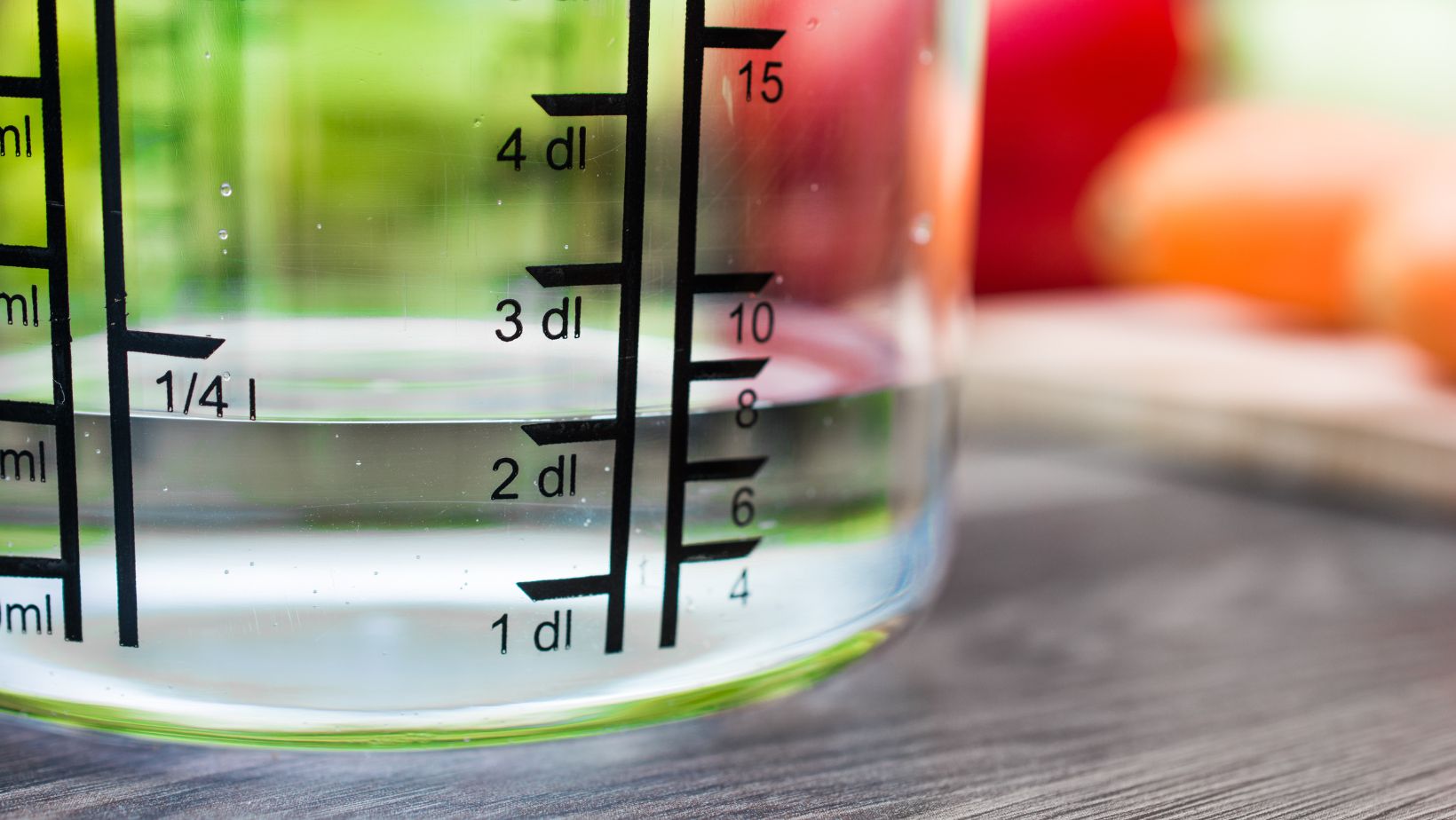How Many ML in a Half Cup? Your Comprehensive Conversion Guide

Ever found yourself in the middle of a recipe only to get stumped by measurement conversions? I’ve been there, too. When you’re baking or cooking and the recipe calls for half a cup of an ingredient, but all you have is a milliliter measuring tool, what do you do? Well, no need to fret – I’m here to break it down for you.
Let’s cut straight to the chase: 118.29 milliliters make up half a cup. This is based on the standard US cup size used in cooking measurements. A full US cup equals approximately 236.59 ml, so when you divide that by two, it gives us our half-cup measurement.
But why stop at just knowing how many milliliters are in half a cup? In my experience, understanding how these units of measure relate can make your time in the kitchen far more efficient – and fun! You’ll see that once we start delving into these conversions more deeply.
Understanding Measurements: Cups and Milliliters
Let’s dive right into the heart of kitchen measurements, specifically, how many milliliters are in a half cup. To put it simply, one standard US cup has about 237 milliliters. Therefore, half of this measurement is approximately 118.5 milliliters. But remember, when you’re cooking or baking, precision matters!
It’s important to note these measurements aren’t universal. Across the globe, the size of a “cup” can vary significantly. For example:
- In Australia, a standard cup measures around 250 milliliters.
- Japanese cups come in at about 200 milliliters.
- The UK measures their cups at roughly 284 milliliters.
You see? There’s quite a difference! Now let me give you some tips on converting between these units efficiently.
The easiest way to convert from cups to milliliters is by using an online conversion tool or calculator. These tools are readily available and can save you time and potential measurement errors!
However, if you prefer doing things old-school or perhaps find yourself without internet access while whipping up your kitchen masterpiece, here’s a simple rule of thumb: Multiply the number of cups by 240 (rounding off from our earlier precise value) to get an approximate measure in milliliters.
So for instance:
- One-half cup would equal approximately 120 ml
- One-third cup would be around 80 ml
- A quarter-cup comes out close to 60 ml
Just bear in mind that these are rough estimates and may not yield perfect results every time but they’ll get you pretty darn close!
In conclusion (oops! I mean), understanding these conversions is crucial whether you’re following an international recipe or just looking to broaden your culinary horizons! So keep this handy guide bookmarked – trust me; your future self will thank you…and so will your taste buds!
How Many ML in a Half Cup
When it comes to converting cups to milliliters, I’ve got your back. It’s a simple process that just requires a bit of quick math. So pull out those calculators and let’s dive in!
Here’s the essential fact you need: one US cup equals approximately 236.59 milliliters. That’s your golden conversion rate right there! But what about half a cup? Well, as you’d probably guess, it’s just half of that Knowing these conversions can be incredibly handy in the kitchen, especially if you’re following a recipe from another country or even trying to measure medication doses accurately.

But why stop at half a cup? Here are some other common measurements:
- A quarter of a cup is roughly equivalent to 59.15 milliliters.
- One third of a cup equates to about 78.86 milliliters.
- Two-thirds of a cup is close to 157.72 milliliters.
As we all know, the world isn’t always perfect and neither are our measuring cups! So while these conversions aren’t exact down to the last decimal point (thank you rounding), they’ll certainly get you very close – close enough for most cooking and baking needs anyway.
Remember, accuracy matters when portions count! And now armed with this knowledge about converting cups into milliliters, you’ll be able to navigate recipes like never before.



